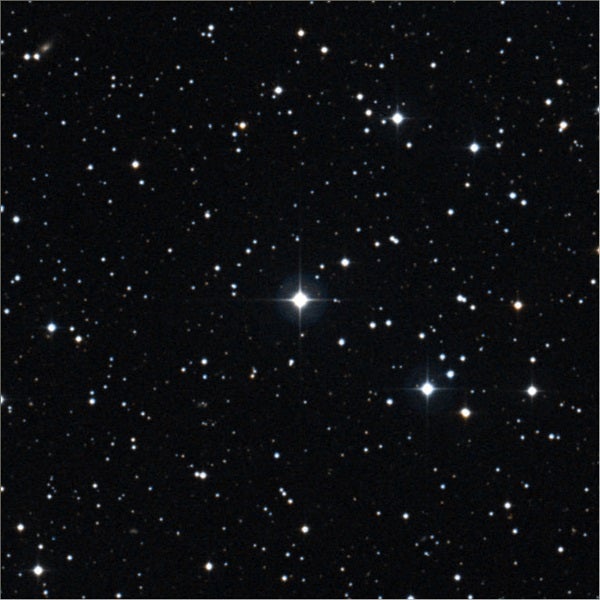Old stars are key to understanding the nature the earliest stages of the formation of the universe. Observations with the Subaru Telescope, fitted with its High Dispersion Spectrograph (HDS), have yielded data about the chemical composition of an old, bright star — BD+44 493 — that shed light on how the earliest stars may have developed during the infancy of the universe.
Old Stars Are Important Messengers
According to the Big Bang theory, the early universe was composed almost entirely of hydrogen and helium. The creation of elements other than hydrogen and helium (heavy elements technically referred to as “metals” in astrophysics) occurred later, through a process of nucleosynthesis, when new atomic nuclei are developed inside the stars. Therefore, the proportion of metals in an astronomical object (its “metallicity”) may provide an indication of its age. Older stars have lower metallicities than younger stars such as our Sun. Because their atmospheres usually preserve the chemical composition of the gas from which they formed, old, low-metallicity stars hold evidence of their own creation — information that provides clues to processes occurring in the early universe.
Recent Research Reveals Characteristics of Metal-Deficient Stars
Such old stars with few heavy elements (low metallicity) are found in our Milky Way Galaxy. Astronomers have searched vigorously for such stars, and a team of astronomers discovered a star, HE1327-2326, that set the record for the most metal-deficient star ever found. A Subaru observation using the High Dispersion Spectrograph showed that it had the lowest iron content ever seen and that its ratio of carbon and nitrogen relative to iron was remarkably high.
In 2001, another group discovered an iron-deficient star, HE0107-5240, that showed a similar pattern. This discovery led astronomers to suppose that the metal-enrichment histories of these two stars were quite different from that of other low-metal stars.
Spectroscopic studies for a larger sample of metal-deficient stars have been ongoing with the Subaru Telescope and provide more clues about their early development. In the course of one of these studies, a ninth-magnitude star was viewed in twilight as a reference star for the observing program. Although ninth-magnitude stars are not visible to the naked eye, they are bright enough to see with personal telescopes. Analysis showed that this bright star, BD+44 493, contained only 1/5000 of the heavy elements of the Sun and was 10 times brighter than any low-metallacity stars known so far.
The combination of BD+44 493’s exceptional brightness and the high resolution of Subaru’s spectroscopic instrument set the stage for pinpointing the details of the star’s chemical composition on a high quality spectrum. A follow-up observation with the Subaru Telescope revealed a relatively high abundance of carbon, a characteristic similar to that of the most metal-deficient star discovered 4 years ago, as well as detailed abundance ratios for other elements.
Astronomers Find Evidence of a Special Sort of Supernovae in the Very Early Universe
Several scenarios have been proposed to explain the chemical peculiarities of these stars, which are generally metal-poor, yet have a relatively high abundance of carbon. Based on detailed spectroscopic analysis of BD+44 493’s chemical abundance pattern, the team of astronomers conducting this research concluded that only one specific model explains their findings. This metal-poor star was formed from a gas cloud polluted by a supernova explosion of a first generation massive star, which yielded carbon-rich but metal-poor material. This is consistent with recent studies on chemical enrichment in the universe that revealed that stars and supernovae generate heavy elements or metals.
The chemical abundance measurements for BD+44 493 have provided new evidence of the special sort of supernovae present in the very early phase of the galaxy. As a bright messenger, this ninth-magnitude old star has brought wisdom about the chemical evolution of the early universe.










